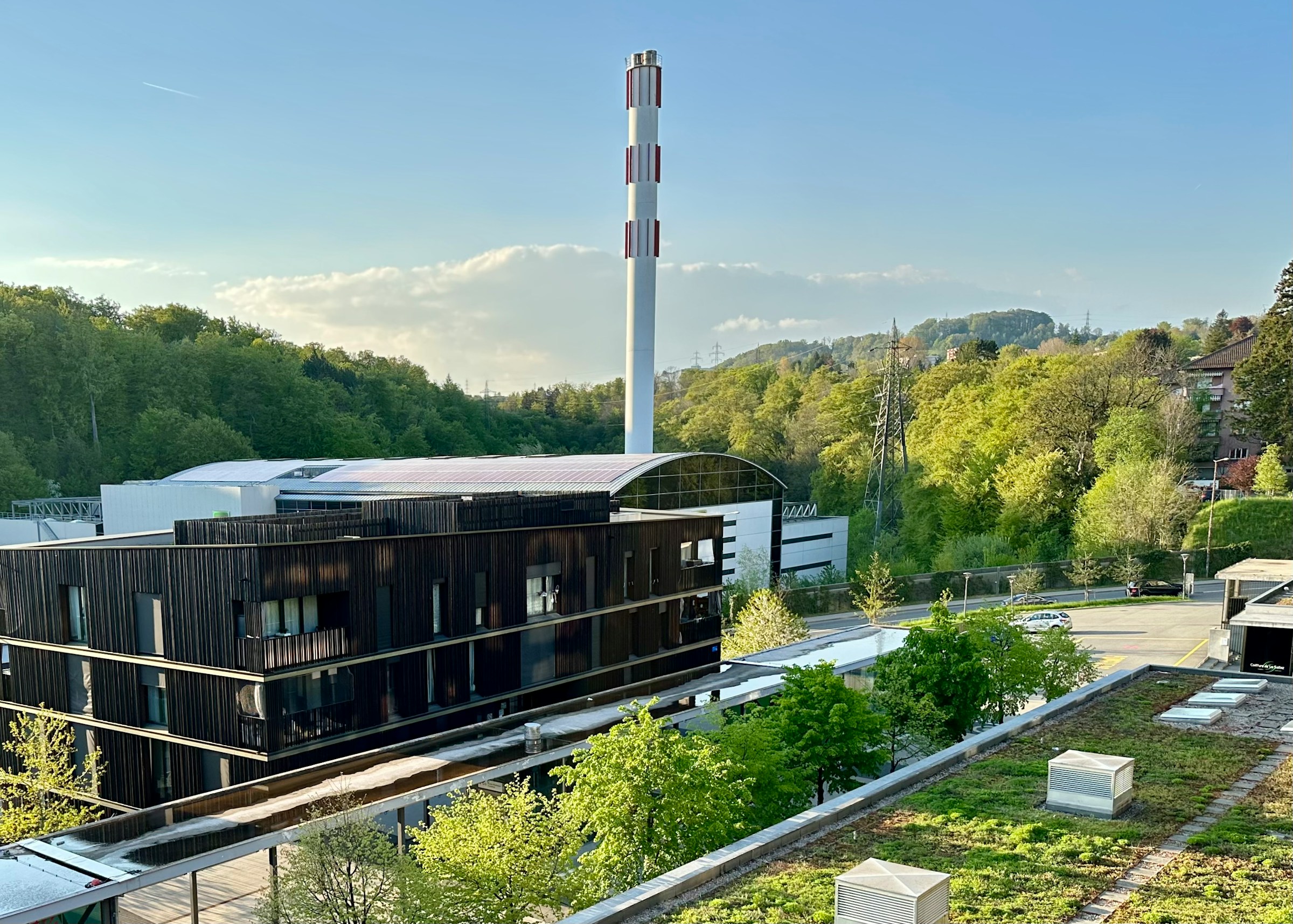The UK Government released a bold statement in 2021, establishing a goal to achieve carbon neutrality by 2050. This commitment may seem like a distant future target, but the implications are already being felt across multiple sectors, especially construction. With the built environment accounting for about 40% of the country’s total carbon emissions, buildings have become a prime focus for achieving this ambitious target. The following sections delve into how the roadmap to carbon neutrality impacts new construction.
The need for energy-efficient buildings
The need for energy-efficient buildings is pressing, given that buildings account for a substantial proportion of the UK’s total carbon emissions. The government has recognised that a significant reduction in emissions from buildings will be critical to achieving its carbon neutrality goal.
Cela peut vous intéresser : How can self-employed individuals improve their chances of getting a UK property mortgage?
To spur action, the government released its Future Buildings Standard in 2023, which outlines requirements for new constructions to be highly energy-efficient and low-carbon, ready to perform in a net-zero future. The new standard has radically changed the way buildings are designed and constructed, compelling industry players to adopt innovative building technologies and materials that minimise energy consumption and carbon emissions.
Navigating the shift in energy sources
As the UK transitions towards an energy system dominated by renewable sources, the construction industry must adapt to this shift. Buildings designed and built today will still be in use by 2050, so it’s crucial that new constructions are compatible with this future energy mix.
A lire également : What are the legal considerations when buying a part-commercial, part-residential property in the UK?
New buildings will need to be designed to accommodate renewable energy technologies, such as solar panels and wind turbines, and to optimise their energy use. This significant transformation requires a new set of skills and knowledge, creating a demand for green-building specialists.
The implications of carbon pricing
The government’s carbon pricing policy has been another significant driver for change in the construction sector. To incentivise carbon reduction, the government has put a price on carbon emissions, making it more expensive for companies to emit carbon dioxide.
This policy has significant implications for the construction industry. It makes energy-efficient, low-emission buildings more economically attractive, as they’re less likely to incur the costs associated with carbon emissions. This shift in economic incentives is pushing the construction industry to innovate and develop new building techniques that minimise carbon emissions.
The role of government in facilitating change
Government policy is playing a crucial role in facilitating the transition towards carbon-neutral buildings. Through mechanisms such as the Future Buildings Standard, carbon pricing, and renewable energy targets, the government is directing the construction industry towards a low-carbon future.
However, change on this scale inevitably brings challenges – from the need for new skills and training, to the necessity of investment in new technologies and materials. The government’s role doesn’t end at setting targets and policy; it also needs to provide appropriate support to enable the industry to meet these challenges.
The future of construction in the UK
The UK’s carbon neutrality goal and new Future Buildings Standard have instigated a profound change in the construction industry, driving a move towards energy-efficient, low-carbon buildings. This shift will influence every aspect of construction – from the design process, to the materials used, to the skills required.
While this transition brings challenges, it also brings opportunities. The demand for green-building specialists, for instance, is likely to increase significantly as the industry adapts to the new standard. The push towards low-carbon buildings also encourages the development of innovative building techniques and materials, driving progress in the construction industry.
Despite the lack of a conclusion, it’s clear that the UK’s carbon neutrality goal has significant implications for the construction sector. The industry is undergoing a major transformation, driven by government policy and the urgent need to reduce emissions. This is not an easy transition, but with the right support, the industry can rise to the challenge, creating a built environment that is fit for a carbon-neutral future.
Transitioning to a Low-Carbon Material Palette
One of the significant areas affected by the UK’s carbon neutrality goal in the construction sector is the choice of materials used in new structures. The carbon footprint of a building does not only depend on its energy efficiency but also on the embodied carbon of the materials used in its construction. The embodied carbon refers to the greenhouse gas emissions associated with the production, transport, and disposal of building materials.
To reduce the embodied carbon, the industry is moving towards a low-carbon material palette. This means favouring materials that have a low embodied carbon and can be sourced sustainably. Sustainable materials include those that are recycled, renewable, or have a low environmental impact in terms of extraction and processing.
For example, timber is a renewable material that acts as a carbon sink – it absorbs CO2 from the atmosphere as it grows. The use of timber in construction, therefore, can help offset the carbon emissions associated with the building’s use. Moreover, materials such as recycled steel, low-carbon concrete, and natural insulation materials are seeing increased use in new buildings.
Also, the industry needs to focus on material efficiency, minimizing waste, and maximizing the lifespan of materials through design for disassembly and adaptability. This approach promotes the circular economy in the built environment, further improving the industry’s contribution to emissions reduction.
The Impact on the Construction Workforce
The drive towards carbon neutrality in the construction industry has implications for the workforce. As the sector undergoes transformation, new skills and roles are needed to meet the demands of sustainable, low-carbon construction.
The industry needs professionals who understand energy efficiency, renewable energy systems, and sustainable materials. These professionals will need to be able to design and construct buildings that meet the Future Buildings Standard, considering not just operational energy, but also embodied carbon and material lifespan.
Furthermore, this transition has implications for training and education in the industry. Universities, colleges, and apprenticeship schemes need to incorporate sustainability and low-carbon design into their curriculums to prepare the next generation of construction professionals for the demands of a net carbon future.
Conclusion
The UK Government’s commitment to reach carbon neutrality by 2050 has set in motion a wave of change mitigation measures, affecting various sectors, particularly construction. The built environment, responsible for approximately 40% of the UK’s carbon emissions, is undergoing a significant transformation to align with this objective.
The Future Buildings Standard of 2023 has become a catalyst for this transition, compelling changes in design, construction practices, material selection, and workforce skillsets. As a result, the industry is experiencing an emergence of energy-efficient, low-carbon buildings that are ready to perform in a net-zero future.
While this transition is challenging, it is also an opportunity for innovation, progress, and job creation within the sector. With appropriate government support, the construction industry can contribute significantly to the UK’s carbon budget and climate action, helping the country reach its ambitious emissions reduction targets.
In the face of climate change, these actions are not merely options but necessities. The ongoing efforts of the construction industry, guided by the government’s policies and goals, are vital steps towards a sustainable and resilient future. This is the legacy that today’s industry players will leave for future generations: a built environment that prioritizes the health of the planet.






